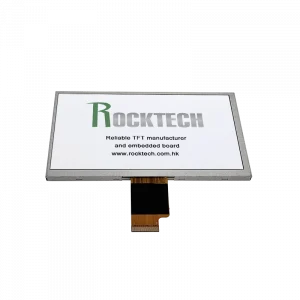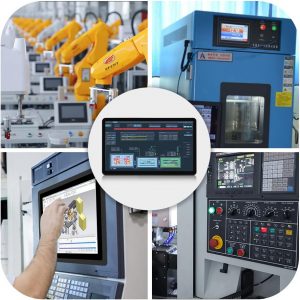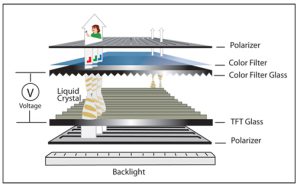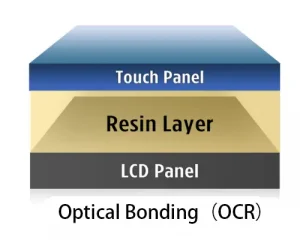What Makes IPS Displays Ideal for Long-Term Industrial Use?
In the world of industrial equipment and embedded systems, choosing the right display technology is critical. Among the many options available, IPS (In-Plane Switching) displays have emerged as a superior choice for long-term, high-performance use in demanding environments. Compared to traditional display technologies like TN (Twisted Nematic), IPS offers major advantages in visibility, color accuracy, and durability.
1. Superior Viewing Angles
One of the most compelling benefits of IPS displays is their wide viewing angles, typically up to 178 degrees in both horizontal and vertical directions. In industrial settings — where screens may be mounted in equipment or viewed from different positions — this ensures information remains legible and accurate regardless of the angle.
2. Consistent Color Reproduction
Color consistency is essential in control panels, medical displays, and any system that uses visual cues to communicate status or warnings. IPS panels maintain color fidelity across the entire screen, even under off-axis viewing. This contrasts with TN panels, where colors often shift or invert when viewed from non-optimal angles.
3. Long-Term Stability and Lifespan
IPS panels are engineered for stability over long periods of continuous use. In applications such as factory automation, test equipment, or outdoor kiosks, displays must operate reliably 24/7. IPS displays are less prone to image retention or screen burn-in compared to cheaper LCD variants.
4. IPS vs TN vs OLED for Industrial Use
The following table compares IPS with other common technologies:
| Feature | IPS | TN | OLED |
|---|---|---|---|
| Viewing Angle | 178° wide | Narrow (~90–120°) | Wide |
| Color Accuracy | Excellent | Poor to Average | Excellent |
| Sunlight Readability | With high-brightness models | Limited | Good |
| Lifespan | Long (30,000–50,000 hrs) | Moderate | Shorter (OLED burn-in) |
| Cost | Moderate | Low | High |
| Industrial Suitability | High | Low to Moderate | Moderate |
5. Temperature Range and Ruggedness
Industrial environments often experience extreme temperature fluctuations, dust, and vibration. IPS modules are available with wide operating temperature ranges (typically -20°C to +70°C or even -30°C to +85°C), making them suitable for both indoor and outdoor usage. They also support optical bonding and reinforced glass for better impact resistance and visibility in sunlight.
6. Increasing Availability of IPS Variants
In the past, TN panels dominated the market due to cost and maturity. However, IPS variants are now being developed for popular display sizes like 4.3 inch, 5.0 inch, and 7.0 inch — often with the same mechanical footprint as older TN models. This means system integrators can upgrade to IPS without redesigning enclosures or bezels.
7. Suitable for Touch Integration
IPS displays work seamlessly with both resistive and capacitive touch panels. Capacitive touch screens paired with IPS panels provide the smooth, responsive user experience expected in modern HMI systems, especially in medical and automation equipment.
Conclusion
IPS display technology offers a compelling combination of clarity, reliability, and rugged performance that makes it ideal for long-term industrial use. As display manufacturers continue to expand their IPS offerings in various sizes and configurations, it’s easier than ever to implement these high-quality displays in your product design.
For high-performance IPS solutions from 2.0 to 15.6 inch — including industrial TFT modules and custom display configurations — contact our team to discuss your application.






